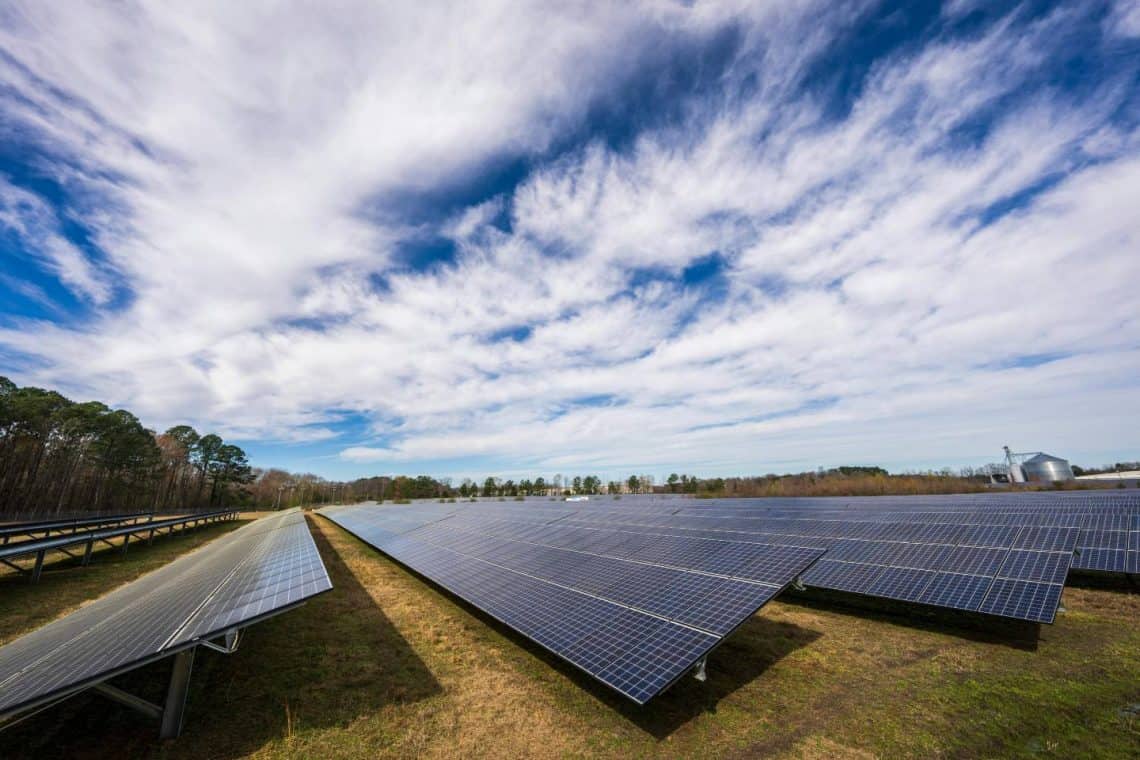In a bold move to transform Africa’s energy future, the European Union has unveiled a massive €11.5 billion investment package for South Africa. Announced at the Global Gateway Forum in October 2025, this initiative aims to accelerate clean energy transitions, modernize infrastructure, and spark a pharmaceutical manufacturing boom. This green gamble could create thousands of high-skilled jobs, especially in Gauteng’s innovation hubs, as South Africa tackles energy crises and unemployment rates above 32%. Will it drive sustainable growth or stumble like past foreign aid? Let’s explore the details, expert insights, and global dynamics at play.
Unpacking the Pledge: Renewables, Infrastructure, and Pharma Growth
The €11.5 billion commitment—roughly R230 billion—spans multiple sectors under the EU’s Global Gateway strategy, targeting €300 billion for sustainable African projects by 2027. About €9.5 billion focuses on South Africa’s just energy transition, aligning with the Just Energy Transition Investment Plan (JET-IP), which seeks €98 billion through 2027.
Renewables Revolution: Solar and Wind Surge
The deal prioritizes renewable energy, funding new solar and wind capacity, grid upgrades, and storage solutions. South Africa, the continent’s largest economy, relies on coal for over 80% of its electricity, but this investment could add gigawatts of clean power. Projects include rooftop solar in underserved areas and utility-scale farms in the Northern Cape, potentially easing load-shedding blackouts.
“This funding will decarbonize SA’s grid and build robust green tech supply chains,” says Dr. Nomvula Mashoene, energy policy analyst at the University of Pretoria. Local content rules ensure 40% of procurement supports South African firms, boosting domestic production of panels and turbines.
Infrastructure Overhaul: Sustainable Transport
Infrastructure receives €1.5 billion, focusing on sustainable transport. A key project is revitalizing Gauteng’s commuter rail network, which serves millions but struggles with unreliability. Partnerships with EU firms like Siemens will introduce green signaling and electric trains, cutting emissions by 30% and creating construction jobs.
This supports Gauteng’s Provincial Growth and Development Strategy, positioning Johannesburg and Pretoria as hubs for the African Continental Free Trade Area (AfCFTA). “Green infrastructure unlocks economic multipliers,” says economist Thabo Mthembu from the Gauteng Growth and Development Agency.
Pharma Boom: Building a Vaccine Hub
Another €400 million targets South Africa’s pharmaceutical sector, enhancing biomanufacturing for vaccines and drugs. With 95% of medicines currently imported, facilities like the Biovac Institute in Cape Town could scale up using EU technology transfers. The market, valued at $7.88 billion in 2024, is expected to reach $10.74 billion by 2030, driven by generics and mRNA tech demand.
“This positions SA as Africa’s pharma powerhouse, addressing vulnerabilities exposed by COVID-19,” says Prof. Keymanthri Moodley, bioethics expert at Stellenbosch University. By 2027, SA could produce 500 million vaccine doses annually for continental and global export.
Gauteng’s Green Hubs: Job Creation Epicenter
Gauteng, South Africa’s industrial core, hosts 25% of the population and 34% of GDP, with innovation hubs like the Tshwane University of Technology renewable energy center and the Council for Scientific and Industrial Research (CSIR). The EU deal could create 50,000 clean energy jobs over five years, per the Development Bank of Southern Africa.
Green jobs, comprising 13.8% of SA’s employment, thrive in utilities and construction. Gauteng sees demand for solar engineers earning R500,000 yearly, wind technicians, and sustainability consultants. LinkedIn notes a 25% rise in renewable job postings last quarter, with firms like Pele Energy Group hiring project developers and SCADA experts.
“TVET colleges and EU programs are training 10,000 youth in EV maintenance and grid tech,” says Zweli Mkhize, green economy advocate. However, OECD data flags 60% youth unemployment, urging inclusive training to bridge the “green divide.”
Global Rivalries: Navigating U.S. and China Dynamics
The EU’s move contrasts with other global powers. The 2022 U.S.-Africa Leaders Summit pledged $55 billion, including green projects like the Lobito Corridor rail, tied to the Inflation Reduction Act. Yet, U.S. policy shifts threaten cuts to the African Development Fund and AGOA benefits for SA over BRICS ties. “A focus on minerals over climate could cede green leadership to the EU,” warns Michelle Gavin of the Council on Foreign Relations.
Meanwhile, China’s Belt and Road Initiative has invested $60 billion in Africa since 2000, controlling 80% of solar panel supply. Firms like JinkoSolar dominate projects from Kenya to Morocco. The EU counters with €545 million for “friendshoring,” including South African polysilicon production to reduce reliance on Chinese tariffs. “EU standards prioritize sustainability and local jobs over China’s volume,” says Antonia Timmermann of the ECFR.
As the EU’s €11.5 billion bet unfolds, South Africa stands at a crossroads. With Gauteng as the launchpad, this investment offers a blueprint for inclusive growth, but success depends on skills development and equitable access. For job seekers, policymakers, and global observers, the green revolution is here—ready to be seized.
